13 Famous Coins with Controversial or Unique Designs
Coins are often viewed as simple tools for trade, but some designs have caused significant debate and intrigue. Certain coins feature designs that were either ahead of their time or controversial in their portrayal of figures and symbols. These unique coins have attracted attention due to their artistic qualities or the conversations they ignited. The designs of these coins have shaped perceptions of the era and the cultures they represent. Unveiling these coins gives us a glimpse into their historical and cultural significance.
This post may contain affiliate links, which helps keep this content free. Please read our disclosure for more info.
1793 Chain Cent
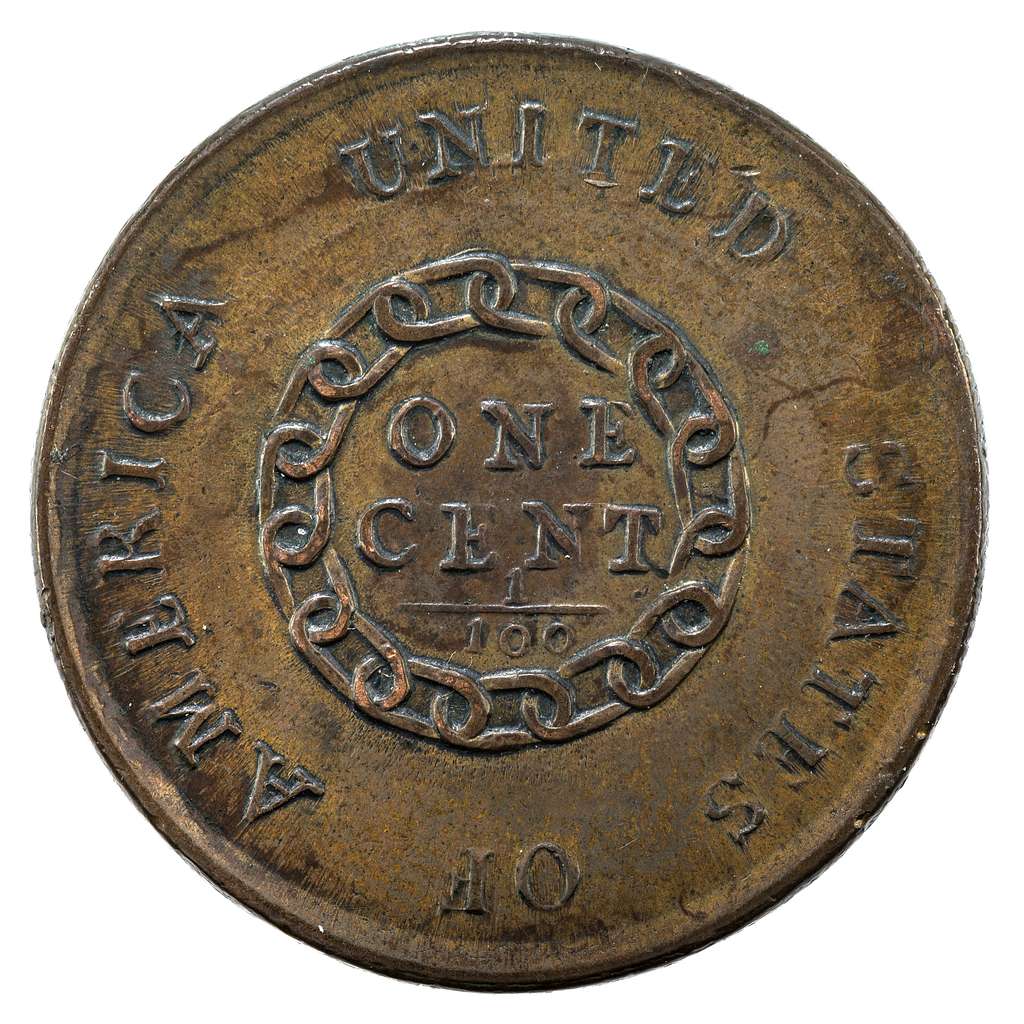
The 1793 Chain Cent is considered one of the first coins ever minted by the United States. It features a chain design on the reverse, symbolizing the unity of the original 13 colonies. The coin was controversial at the time because of its primitive design and poor-quality minting, which led to it being quickly discontinued. It is made of copper and has significant historical value due to its early production during the beginning of the U.S. Mint.
This coin was struck in 1793, marking a pivotal moment in American coinage history. The design included a simple chain of 15 links, representing the union of the colonies. The Chain Cent is very rare today, and because of its limited production and historical significance, it is highly sought after by collectors. It is often viewed as a symbol of the early days of the United States and its fight for unity.
1804 Silver Dollar
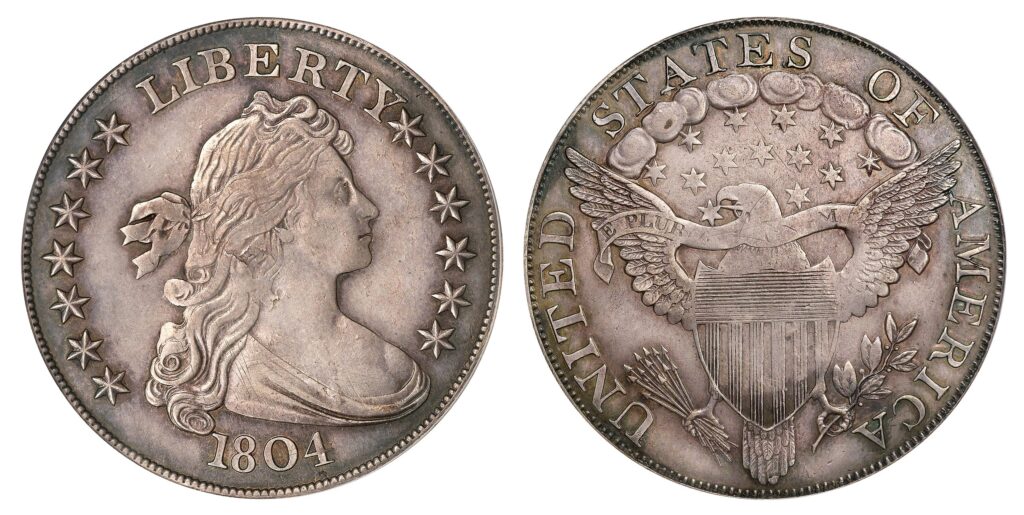
The 1804 Silver Dollar is one of the most famous and controversial coins in American history. While the coin is dated 1804, it was actually minted in 1834, years after the date indicates, making it a mystery to collectors. Only a few of these coins exist, adding to their allure and value. It was initially created as a diplomatic gift and was never intended for circulation, making it a unique piece of U.S. history.
The coin’s design features a Liberty Head on the obverse and an eagle on the reverse. Despite being struck decades after its date, it was highly sought after, largely due to its mysterious production. The rarity of the 1804 Silver Dollar makes it a prized item for collectors and a symbol of early American coinage. Its unusual backstory contributes to its controversial status among collectors.
1804 Dollar
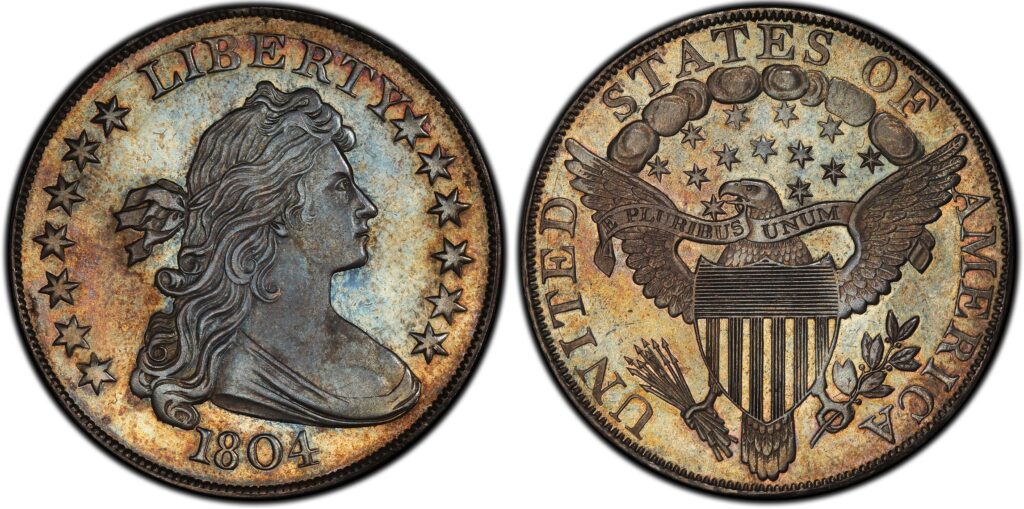
The 1804 Dollar is often confused with the 1804 Silver Dollar, though it is a separate issue and just as controversial. The coin was minted as part of a diplomatic effort and was presented to foreign dignitaries, making it rare and highly collectible. It features the same obverse design as the 1804 Silver Dollar, but its reverse has a different eagle design. Its production in 1834, despite being labeled 1804, has led to much speculation and intrigue.
The coin was intended to be a prestigious gift, and only a small number of these dollars were minted, making it highly sought after. The error in its production, with coins being minted several years after the year on the coin, only added to its controversial nature. Because of its rarity and unique history, the 1804 Dollar remains one of the most valuable and collectible coins in American numismatics. It is a significant piece for collectors due to its link to early U.S. history.
1913 Liberty Head Nickel
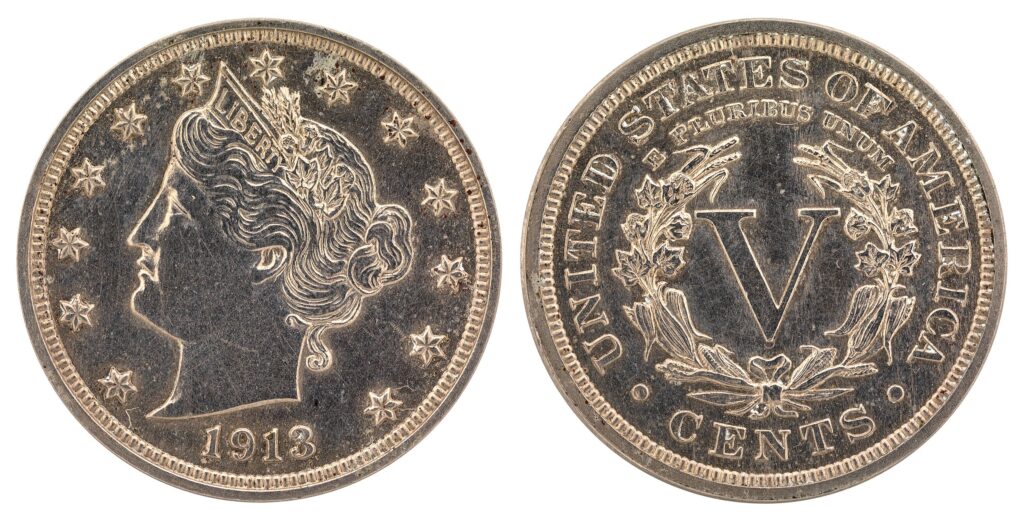
The 1913 Liberty Head Nickel is one of the most famous error coins in U.S. coinage. It was struck in 1912, but the U.S. Mint mistakenly produced a small number of these coins in 1913. The coin features the Liberty Head design and was never officially released into circulation, making it highly controversial. Only five known specimens exist today, adding to the coin’s mystery and high value.
This coin was created without official approval, leading to its classification as an unauthorized issue. Due to its error in production, the 1913 Liberty Head Nickel has intrigued collectors and historians for years. The coin’s rarity and historical importance make it one of the most valuable coins in the world today. It is a symbol of both U.S. minting errors and the fascination with rare and controversial designs.
1913 Proof Liberty Nickel

The 1913 Proof Liberty Nickel is another extremely rare coin with an unusual design. Unlike the regular 1913 Liberty Head Nickel, this proof coin was specially made for collectors and has a high-quality finish. It is controversial because it was struck in extremely limited numbers, with only a few known specimens. The proof finish and rarity make it one of the most valuable coins in the world.
This coin was never officially released to the public, and its existence remained a mystery for many years. Its unusual status as a proof coin, combined with its low mintage, adds to its intrigue and collectibility. The 1913 Proof Liberty Nickel is highly sought after by collectors due to its rarity and the high-quality minting. It remains one of the most discussed coins in numismatic circles because of its exceptional design and history.
1933 Saint-Gaudens $20 Gold Double Eagle

The 1933 Saint-Gaudens $20 Gold Double Eagle is one of the most famous and controversial coins in U.S. history. The coin was never officially released into circulation and was recalled due to the Gold Reserve Act of 1933. Most of the coins were melted down, but a few escaped the melting process, making them incredibly valuable. The design by Augustus Saint-Gaudens features a stunning depiction of Liberty on the obverse and an eagle on the reverse.
Due to its illegal status after the recall, any surviving 1933 Double Eagles became the subject of heated debate and legal battles. In 2002, one of these coins sold for a record-breaking $7.6 million. The rarity and controversy surrounding this coin make it a highly valuable item for collectors. Its striking design and the story behind its creation make the 1933 Saint-Gaudens Double Eagle an iconic piece in numismatic history.
1933 Double Eagle

The 1933 Double Eagle is one of the most well-known and controversial coins in American history. Due to the U.S. government’s recall of all gold coins following the Gold Reserve Act, the coin was never meant to enter circulation. However, some of these coins were illegally kept, leading to legal battles and public interest in their fate. Only a few of these coins exist, and they are among the most expensive in the world.
The coin’s design features Liberty holding a torch and an olive branch on the obverse and an eagle on the reverse, symbolizing strength and freedom. Its history of being withdrawn from circulation and the subsequent rarity add to its controversy. The 1933 Double Eagle is a collector’s dream due to its value and unique legal history. It stands as a symbol of both numismatic beauty and legal intrigue in U.S. coinage.
1955 Doubled Die Lincoln Cent
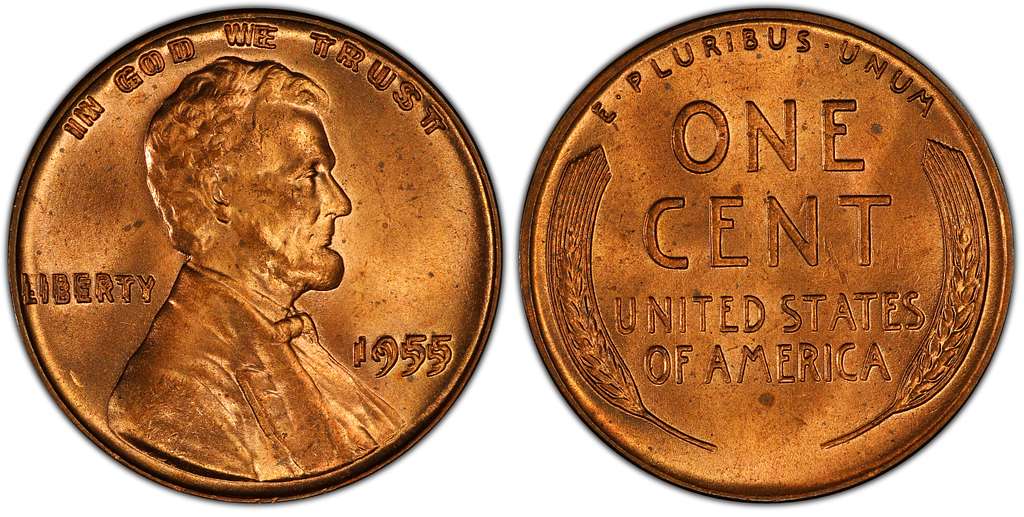
The 1955 Doubled Die Lincoln Cent is one of the most famous and valuable error coins in U.S. history. The coin was struck with a doubled die, meaning the design was improperly stamped, creating a noticeable doubling effect on the inscription. This error resulted in one of the most sought-after coins for collectors, with prices ranging from $1,000 to $2,000 for a single coin in good condition. The error made this coin particularly controversial due to its uniqueness and rarity.
The coin features Abraham Lincoln’s portrait on the obverse and the traditional wheat design on the reverse. The doubling effect is most visible in the words Liberty and In God We Trust on the front. Due to its error, the 1955 Doubled Die Lincoln Cent became highly collectible. It remains one of the top examples of numismatic mistakes that have increased the coin’s value and collector interest.
1964-D Peace Dollar
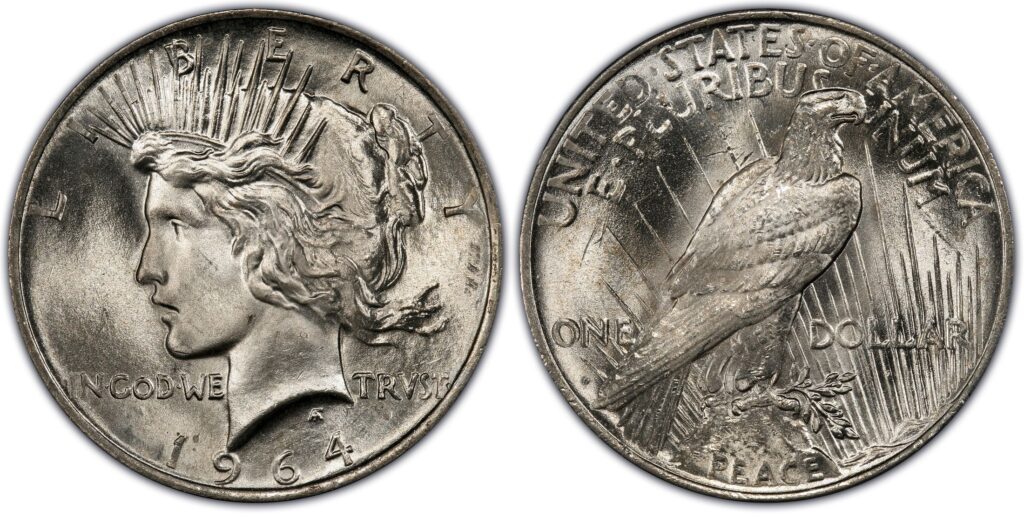
The 1964-D Peace Dollar is an unusual coin that was never meant to be produced, making it one of the most controversial coins in U.S. history. Due to a minting error, a small number of these coins were mistakenly struck, despite the Peace Dollar series having ended in 1935. The coin’s design is similar to earlier Peace Dollars, with Lady Liberty on the obverse and an eagle on the reverse. Its rarity and error status make it highly desirable for collectors.
This coin’s existence was kept quiet for many years, adding to its mystery and intrigue. The 1964-D Peace Dollar is highly valued by collectors due to its error status and historical significance. It is an example of how a minting mistake can lead to a coin’s elevated status. The rarity of this coin makes it a sought-after piece in numismatic circles.
1999 Susan B. Anthony Dollar
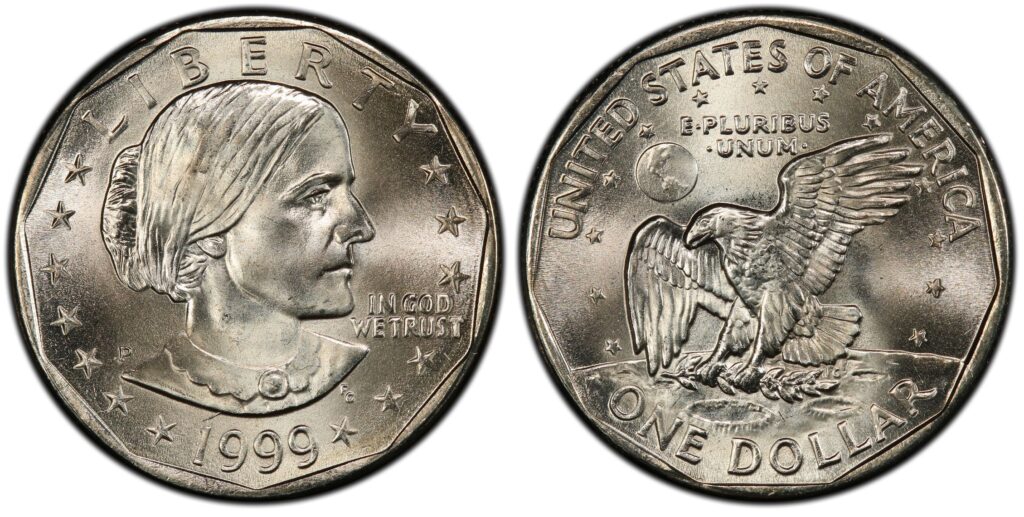
The 1999 Susan B. Anthony Dollar is considered controversial due to the public’s dislike of the coin’s size and design. It was produced as part of an effort to replace the paper dollar bill with a coin, but its resemblance to the quarter led to confusion. The coin features Susan B. Anthony’s portrait on the obverse and an eagle on the reverse. Despite its initial criticism, it remains a significant part of American coinage.
Though it was minted in large quantities, the 1999 version of the coin was produced in relatively small numbers and is highly collectible today. The controversial design and the coin’s short-lived production made it less popular than its predecessors. The 1999 Susan B. Anthony Dollar stands as a symbol of both innovation and failure in the world of U.S. currency. Collectors value it for its rarity and the unique design controversy that surrounds it.
2000 Sacagawea Dollar
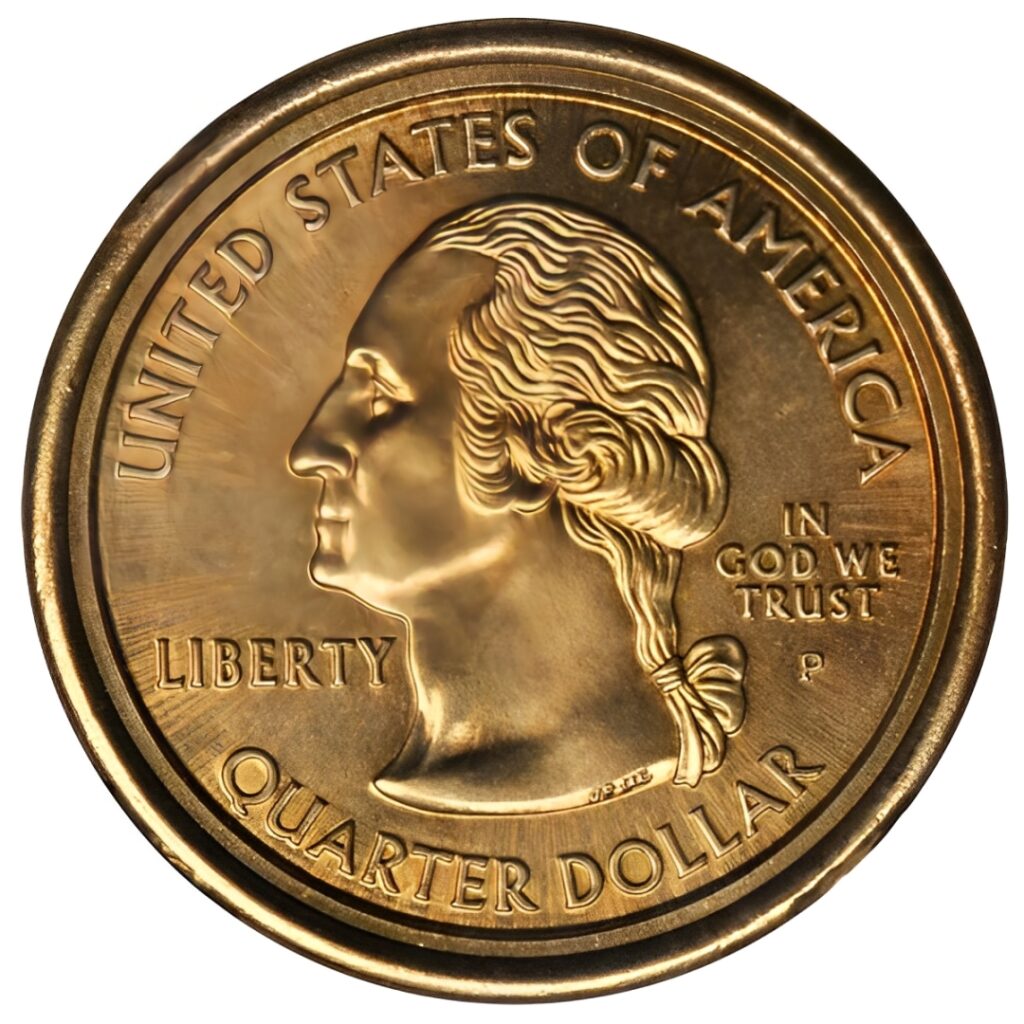
The 2000 Sacagawea Dollar was introduced to replace the Susan B. Anthony Dollar and became controversial due to its design and public reception. Its golden color and smooth edge made it difficult to distinguish from other coins, which led to confusion in circulation. The coin features Sacagawea, the Native American woman who helped guide Lewis and Clark, on the obverse, and an eagle on the reverse. It was initially met with resistance, but it has since gained recognition for its unique design.
Despite early challenges, the Sacagawea Dollar became a symbol of Native American history and contributions. The coin is made of a copper, nickel, and manganese alloy, giving it a golden appearance. It has a striking design that has sparked discussion about representation and the importance of historical figures on currency. The Sacagawea Dollar is now a collectible item, appreciated for its role in U.S. coinage.
2007 Canadian Silver Maple Leaf
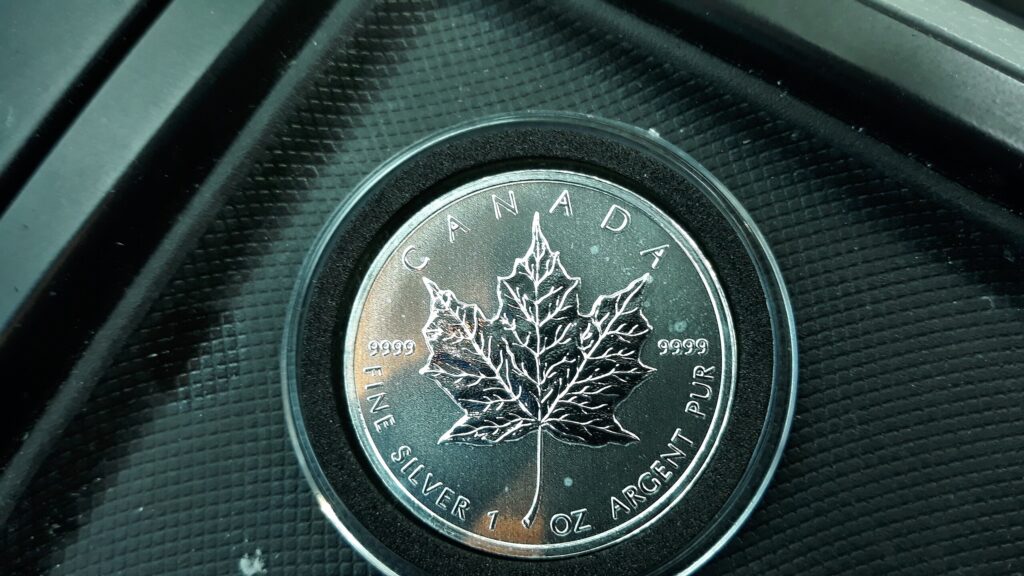
The 2007 Canadian Silver Maple Leaf is a beautiful example of Canada’s commitment to producing high-quality silver coins. Its design features a detailed maple leaf, one of Canada’s most recognizable symbols. The controversy surrounding this coin stems from the inclusion of a laser-etched security mark, which was designed to prevent counterfeiting. This added feature, though appreciated for its security, raised questions about the complexity of coin production.
The coin is made of .9999 pure silver, giving it intrinsic value beyond just its design. The security mark, which includes a micro-engraving of the coin’s year of issue, adds an extra layer of protection against fraud. The 2007 Canadian Silver Maple Leaf is part of a series that has been highly regarded by collectors. It remains a key piece in Canadian numismatics, both for its design and its innovative security features.
2020 Brexit 50p Coin
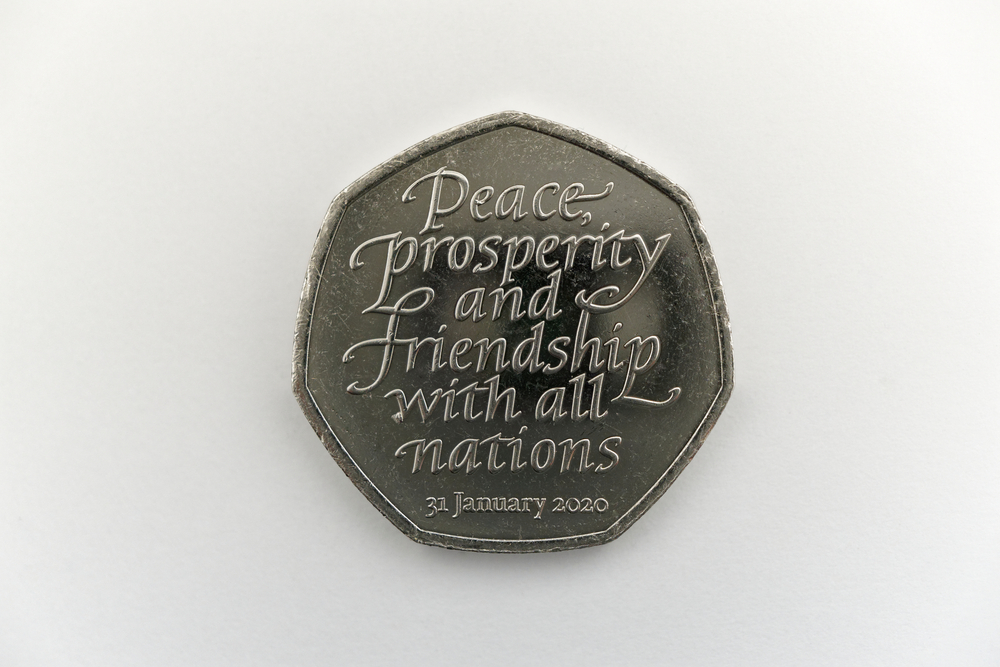
The 2020 Brexit 50p Coin was introduced to commemorate the United Kingdom’s exit from the European Union. The coin’s design features the words Peace, Prosperity, and Friendship with All Nations, along with the date of the UK’s formal departure. The coin became controversial due to its political nature and the debates surrounding Brexit itself. It was met with mixed reactions, with some celebrating it as a historic moment and others viewing it as divisive.
The coin was produced in limited quantities, adding to its collectible value. It is made of cupronickel and was released as part of a commemorative series marking the historic political change. The 2020 Brexit 50p Coin stands as a reminder of a significant event in British history. Its controversial design makes it a unique item for collectors, reflecting the political climate at the time.
These coins are reminders of how art, politics, and history shape the items we use every day. Their rarity and cultural impact make them intriguing to collectors and history enthusiasts alike.
This article originally appeared on Avocadu.
